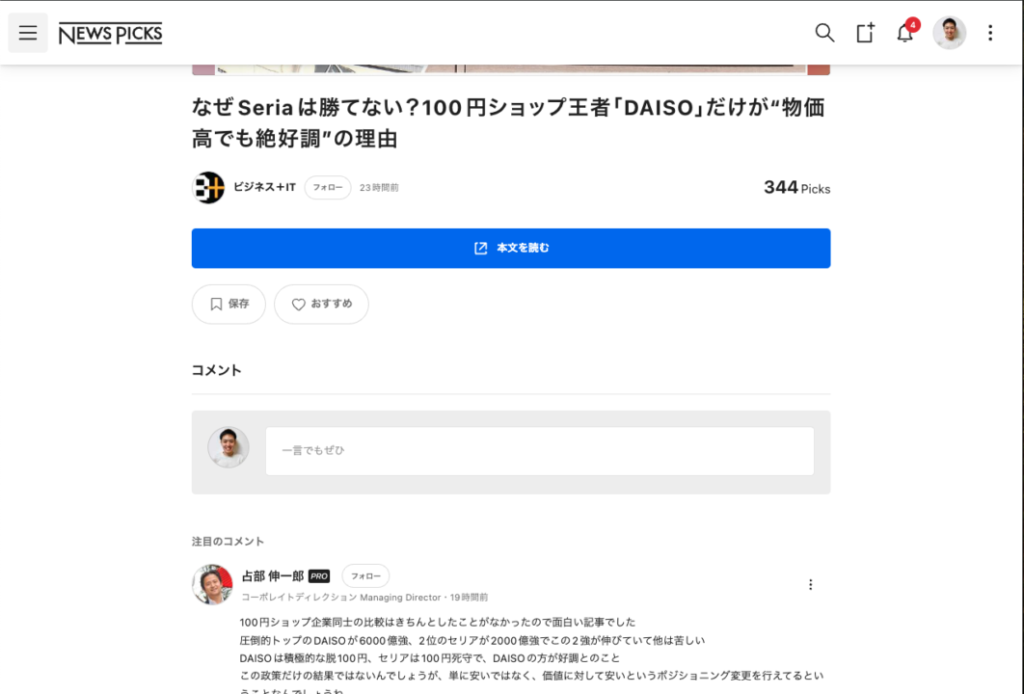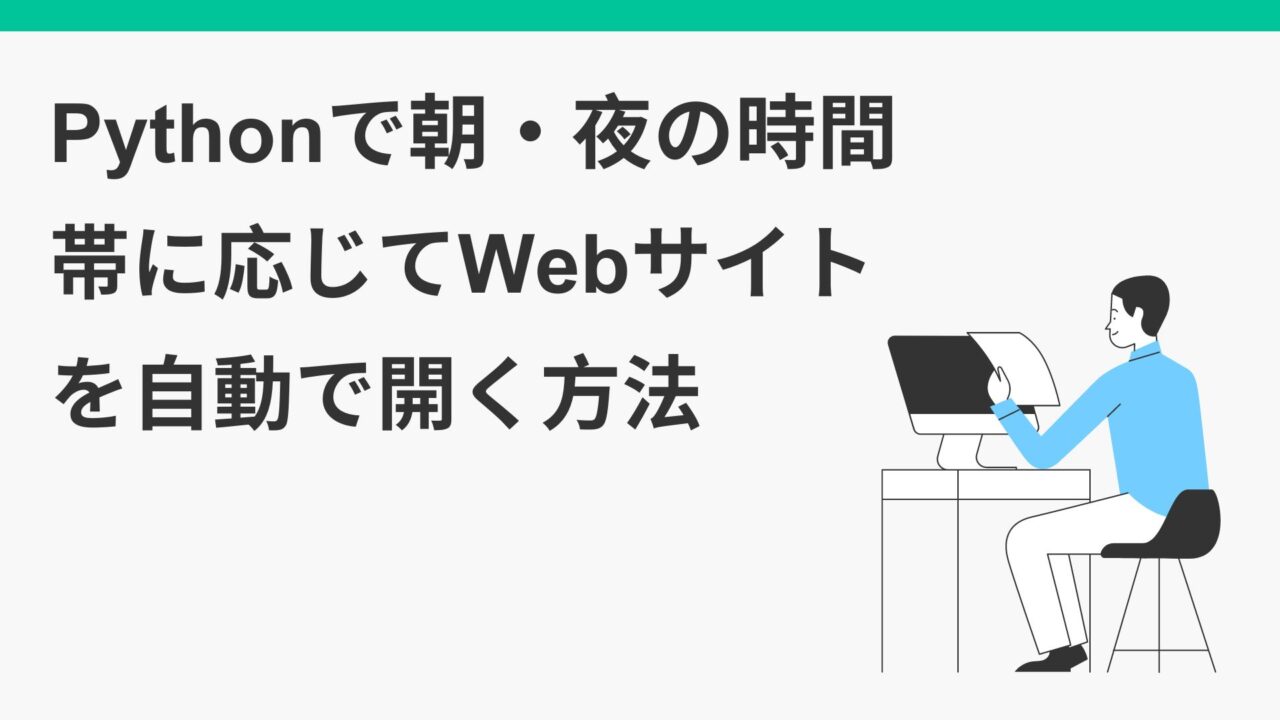- Introduction.
- Decide when to gather information
- Hit on primary information as much as possible or narrow your focus to a specific person.
- Maintain a centralized list of information sources
- How do you come into contact with new information?
- If there are days when you can’t do it, just let it go.
- At the end.
Introduction.
Information gathering in the age of information overload. The amount of information itself is increasing, but the means of information collection are also diversifying, making it difficult to know how to collect information efficiently.
After much trial and error, I describe my current method as a memorandum.
The point is.
- Decide when to gather information
- Brief glance at the timeline format in print: broad and shallow -> deep and narrow
- Hit on primary information as much as possible or narrow your focus to a specific person.
- Maintain a centralized list of information sources
- If there are days when you can’t do it, just let it go.
Decide when to gather information
For myself, I have decided that only the first half hour after I wake up in the morning is my time to watch the news.
Occasionally, I may be curious about one article and research it more in depth, but even then, I try not to exceed 45 minutes. I try not to exceed 45 minutes even in such cases, because I cannot maintain my concentration.
However, the following python program automatically opens the URLs of news sites that I should check in the morning at 5:00 a.m., so when I get to my desk, I start by looking at the URLs that are open.
Wake up, wash face, make coffee, go to desk (5 minutes so far), watch news, and so on.
I try not to interject other options (I try not to think about what I’m going to do first thing in the morning).
Hit on primary information as much as possible or narrow your focus to a specific person.
Since the amount of information coming in is too large, it is necessary to narrow down the sources of information, and from the standpoint of accuracy, it is preferable to rely on primary information. However, it is time-consuming to read all the English-language literature and articles that serve as primary information every time.
So I try to follow up with people who can explain the summary with a basic link to that primary information.
On social networking sites, whenever a new GPT-related feature is released, for example, for the purpose of gaining impressions, people say, “This is great, it will surely speed up our business efficiency! Is OpenAI’s monopoly over?
However, they often do not attach the source or do not accompany actual verification, and when you actually try it, you may find that the accuracy of the Japanese is not that good, or you may get retweets to disprove your claims. I don’t follow them.
By the way, as for GPT-related matters, I am only following the following two people
- Youtube: Nyanta’s AI Practice Channel
- X: Chaen
Nyanta’s articles on AI-related topics on youtube are highly accurate in terms of breaking news and from an engineer’s perspective, and he also describes the actual coding for using OpenAI’s API, which is often helpful in terms of writing programming.
Chaen is a well-known AI news outlet, and the volume of his posts is so tremendous that even X has not been able to follow them all, but the information is both breaking and accurate.
Also, for example, with hardware, “I love gadgets!!!” I follow only “I love gadgets! I only follow “I love gadgets!” because they are very knowledgeable about electronic circuits and PCBs, and because they are close to the technology I need for the cat-shaped robot I am developing now.
So I have a list of X number of people to follow, about 2-5 for each theme (finance, IT, AI, hardware, etc.).
Maintain a centralized list of information sources
For myself, I manage my information by consolidating it into two lists, NewsPicks and X’s List.
NewsPicks Keyword Settings
NewsPicks allows you to set keywords, so if you register keywords that interest you, only articles that hit the registered keywords will be displayed in a timeline format on a tab called “My News,” so scroll down to see only the titles first.


Then, if I see a title that looks interesting, I click on it and see what’s inside…maybe 5 articles in a day.

Today, I read an article comparing Seria and DAISO, which I found here.

What I personally like about NewsPicks is the following
- Not only articles but also comments from different people are listed (diverse views are helpful)
- High accuracy of original and featured articles. Low noise.
I try to skim the articles that interest me and read the comments on them.
X list management
This is the main one, but what I use besides NewsPicks is the X list.
I put the people and news article media I want to follow by my areas of interest, as mentioned earlier, into one list, and then scroll through the timeline displayed in that list for one day (updates from the previous day) when I wake up in the morning.

I used to keep X separate lists for each topic as shown below, but while it was good to be able to narrow down the information per list, it became time consuming and tedious to look at all the multiple lists every day, so now I have one list, with multiple topics (IT, AI, startups, finance, etc.) mixed in there I put all of them in the

I still have just under 50 accounts in one list of X, and the amount of X posts updated in a day is roughly 200 (I don’t have an exact count), so I scroll through them after I get up, and if I see a post I like, I click on the link to see the content, or if I don’t have time, If I don’t have time, I bookmark the post and look back at it later when I have more time.
However, I try to look at bookmarks on the spot as much as possible, since I rarely open them later to check their contents.
If I don’t get to the previous day’s content on my X-list in 30 minutes, I often have to discontinue because I can’t concentrate on it any longer.
How do you come into contact with new information?
I have briefly described my information gathering methods so far.
- How do we find reliable, low-noise sources of information?
- How do we find new sources of information?
The question arises.
For this, we utilize the “For you” tab in X.
In terms of breaking news, I still feel that the current status X is the best among the various social networking services.
For you” is a traditional home tab that displays recommended tweets (top tweets) in an order that ignores chronological order.
Unlike following, it also includes information and accounts that I do not follow, but that X recommends from my follow information.
Since the main KPI of X should be to increase the number of followers/followers, we need to provide serendipity for the information or it will not scale. In other words, it is like the mechanism that catches the eye of a new book in a bookstore.

Although there are some who point out that the related information displayed in this “For you” tab is not accurate or noisy, I personally find it useful.
Each morning, I check the listed FOLLOWING information, but only if I have extra time, I also open the “For you” tab to see what information is relevant. If there is an account that is sending out information that looks useful, I click on the profile, look at past posts, and add the account as a new list if there is little noise and the primary source of information is also posted as a link.
If there are days when you can’t do it, just let it go.
This is not a trick to collect information but a mindset. It would be nice if we could get up at a certain time every morning and watch the news, but that is not always possible.
I may be sleep deprived or have a late wake-up time. In such cases, I try to do the routine of watching the news as much as possible, but there are times when it is not possible.
In that case, I will just let it go and watch the news again tomorrow or later. It is not an obligation.
At the end.
I took a quick look back at my current information gathering.
This is what I have been doing for the past six months or so, and it seems to be working.
If you have any recommendations for gathering this information, I would appreciate your comments.



